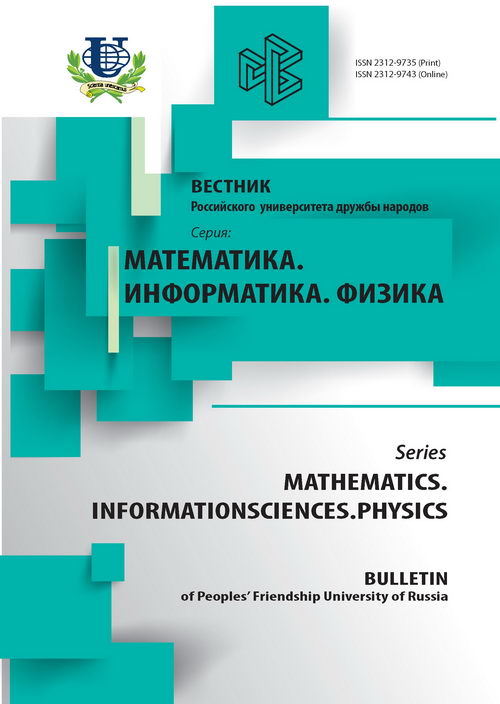Numerical Simulation of a Short Ion Beam Interaction with Plasma
- Authors: Krasovitskiy VB1, Turikov VA2, Kamin DV2
-
Affiliations:
- Keldysh Institute of Applied Mathematics, Russian Academy of Sciences
- Peoples’ Friendship University of Russia
- Issue: No 3 (2016)
- Pages: 79-86
- Section: Articles
- URL: https://journals.rudn.ru/miph/article/view/13392
Cite item
Full Text
Abstract
The problem of a short ion beam passing through the plasma layer is considered in this paper. In such a process the plasma electrons capture by the beam takes place. The charge compensation is necessary during the charged beams transport with the purpose to prevent their dispersion under the influence of the own Coulomb field. It is important to investigate the methods of the beam charge compensation methods for the reason of their numerous applications. Specifically the active investigations of the intensive ion beams interactions with the thermonuclear targets in the controlled fusion problem are performed last years. In this paper the one-dimensional electrostatic approximation is used and the conditions of its applicability are presented. The electron movement in the ion beam field with the model density distribution is considered. It is shown by the numerical simulation using the particle-in-cell method that during the short ion beam passing through the plasma layer the capture of the part of plasma electrons by the beam field takes place. But unlike the hydrodynamical description used by other authors this process has the essentially kinetic nature moreover the collective electric field is compared with the beam field. The beams of accelerated electrons are formed under the influence of the total field leading to the nonlinear regime of the beam instability and strong heating of the plasma electrons. It is shown that the oscillating field caused by the plasma oscillations on the plasma boundaries affects essentially on the electron capture. The numerical simulation of the beam passing through the plasma layer on the time intervals compared with ion plasma period is carried out. The particle-in-cell method is applied in this case for the ion movement calculation. It was supposed that the electrons have the Boltzmann density distribution in the self-consisted field. The boundary problem for the Poisson equation which becomes nonlinear in such a statement was solved numerically by the shooting method. It was demonstrated the formation of the stationary structures of the ion phase space holes type for the electron temperature much larger the ion one.
About the authors
V B Krasovitskiy
Keldysh Institute of Applied Mathematics, Russian Academy of Sciences
Email: krasovit@mail.ru
V A Turikov
Peoples’ Friendship University of Russia
Email: vturikov@yandex.ru
D V Kamin
Peoples’ Friendship University of Russia
Email: kdv5@bk.ru
References
















